I love the marketing behind Fruttare:
“Fruttare fruit bars are made with tasty, real fruit from farms that do their best to respect, love and protect the earth. Our goal is to sustainably farm every piece of fruit that goes into a Fruttare fruit bar”
“Fruttare Fruit Smoothis are real fruit pieces blended into a frozen fruit smoothie, for real fruit refreshment”
That’s great! Let’s see if they are looking out for the health of their consumers. Let’s see if the fruit bars are just real food.
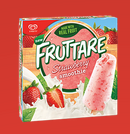
Dairy ingredients (30%) (reconstituted skim milk, milk solids), water, cane sugar, strawberries (10%), invert sugar, vegetable oil, glucose syrup, stabilisers (410, 407, 1442, 415), emulsifier (471), flavours, food acid (citric), colour (120), firming agent (509), ice structuring protein.
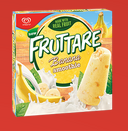
Dairy ingredients (30%) (reconstituted skim milk, milk solids), water, cane sugar, banana (10%), invert sugar, vegetable oil, glucose syrup, stabilisers (410, 440, 407), emulsifier (471), flavours, acidity regulators (330, 331), ice structuring protein, firming agent (509), colour (160a).
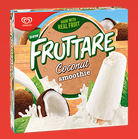
Dairy ingredients (42%) (reconstituted skim milk, milk solids, cream), liquid sugar, water, sucrose, desiccated coconut (4.5%), coconut oil (3.8%), glucose syrup, stabilisers (410, 407), maltodextrin, flavours, tapioca starch emulsifier, food acid (citric), salt, ice structuring protein.
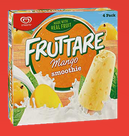
Water, dairy ingredients (31%) (reconstituted skim milk, milk solids), sugar, mango pieces (9%), vegetable oil, invert sugar, glucose syrup, stabilisers (1442, 410, 407, 415), emulsifier (471), flavours, acidity regulators (citric acid, 331), colour (beta carotene), ice structuring protein, dextrose (from wheat).
I’m not sure about you but at least 17-19 ingredients for a fruit smoothie bar seems like a lot to me?!
I regularly make smoothies at home and I would need 4 to 5 ingredients on average.
I understand that for commercial production some additional additives would be required to stablise the product.
So what else is included with these real fruit smoothies? Let’s have a look at the other additives included within these products.
Carageenan is extracted from red seadweed and is often used in the food industry to gel, thicken and stabilise the product. You will often find carageenan in dairy and meat products. Symptoms often associated with Carrageenan include gastrointestinal ailments and for those that are sensitive to MSG, you would want to avoid this additive.
330 – Citric acid
Citric acid is made from the fermentation of molasses or from corn. Citric acid often contains or produces processed free glutamic acid. This processed free glutamic acid can produce the same symptoms as MSG for those that are sensitive.
331 – Sodium citrate
You can often find sodium citrate as an acidity regulator in drinks or as an emulsifier. Similar to citric acid, this additive can produce the same symptoms as MSG for those that are sensitive.
Flavours
As our legislation currently stands, additives used within flavours do not need to be disclosed unless they are in the 6 series of numbers ie 621 etc. Often the composition of these flavours are too complex to be added to an ingredients label, and we have no idea what is included in this ingredient. So whilst, the ingredients listed above average 18, we actually have no idea how many ingredients are included in flavours.
Dextrose
Dextrose is a from of glucose that is derived from starches. You will normally find dextrose in baking products and desserts but it could also be used as an added sugar in processed foods. For those that are sensitive to MSG, consuming dextrose may cause similar symptoms to consuming MSG.
Maltodextrin
Maltodextrin is an additive often used in products as a bulking agent, a thickener to bulk up foods. Maltodextrin often contains or produces processed free glutamic acid. At normal levels in our system glutamates allow cells in the brain to communicate with each other. The issue is when excessive amounts are consumed, the brain cells die. Manufacturers have worked out that MSG can be produced from any food protein by hydrolysing vegetable proteins, wheat proteins, or milk protein. These excessive amounts at much higher concentrations gets into the brain causing excitotoxic effects.
There are a range of symptoms that can be caused by those that are sensitive to MSG, these include:
- dizziness
- headaches
- irritability
- nausea
- pins and needles in upper limbs
- hives
This colour is derived from the cochineal, a species of insect found mainly in Peru and the Canary Islands. The insects are sun-dried and crushed and then submerged in an acidic alcohol solution to produce the pigment that eventually results in the cochineal colour.
Caution is advised for this additive as the potential effects can include asthma, hyperactivity, contact dermatitis, rashes or hives. So whilst this is a naturally occurring colour, its not something I would like in my real fruit smoothie bar.
Ice structuring protein
Well this was a new one for me! I hadn’t come across this before. Streets has dedicated 4 pages on its website to explaining what it is, what it does, why would use use it, does it contain genetically modified material, is it safe to eat? You can find out more here. For those not interested in reading 4 pages, here is a quick summary for you:
What is it?
“Ice structuring proteins (ISP) are proteins that bind to ice. They are widely found in nature in many organisms that live or grow in cold climates, such as carrots, grasses, insects and fish. The protein helps these organisms from damage caused by freezing.”
Why are they used?
Consumer benefits of stronger more consistent flavours, wider range of novel textures, more intricate fun shapes and vibrant colour.
Genetic modification concerns
Fruttare does not contain GM material however, genetic modification technology has been used in the production of the ice structuring protein. The original ISP was identified in a fish. Streets website explains that sourcing the ISP “from nature was not sustainable or economically feasible the yeast extraction method was developed as an alternative. The yeast is removed during processing so that the resulting protein does not contain any residual GM yeast”
Is is safe?
The protein has been approved by the food regulator Food Standards Australia and New Zealand (FSANZ)
From my personal perspective, any ingredient that requires 4 pages of explanation doesn’t constitute real food in my book. I would prefer my icecreams and iceblocks without Ice Structuring protein. I will leave you to draw your own conclusions about ISP.
Is Fruttare a real fruit smoothie if it is filled with lots of additives and uses GM technology?
Why are these additives included in this product?
Is it because only the bare minimum of real food is used to keep production costs low?
Is it because the manufacturer wants to maximise profits earned?
I commend Fruttare for looking out for the planet, this is a great step, however the next steps surely has to be:
-
transparency of ingredients used
-
only real food ingredients used and
-
placing the priority of health above profits.
What do you think?
Would you buy Fruttare for your Additive Free Kids?
Would you like more additive free product reviews?
Come and join the Additive Free Kids community list and receive all the latest news, product reviews, giveaways and more delivered straight to your inbox.

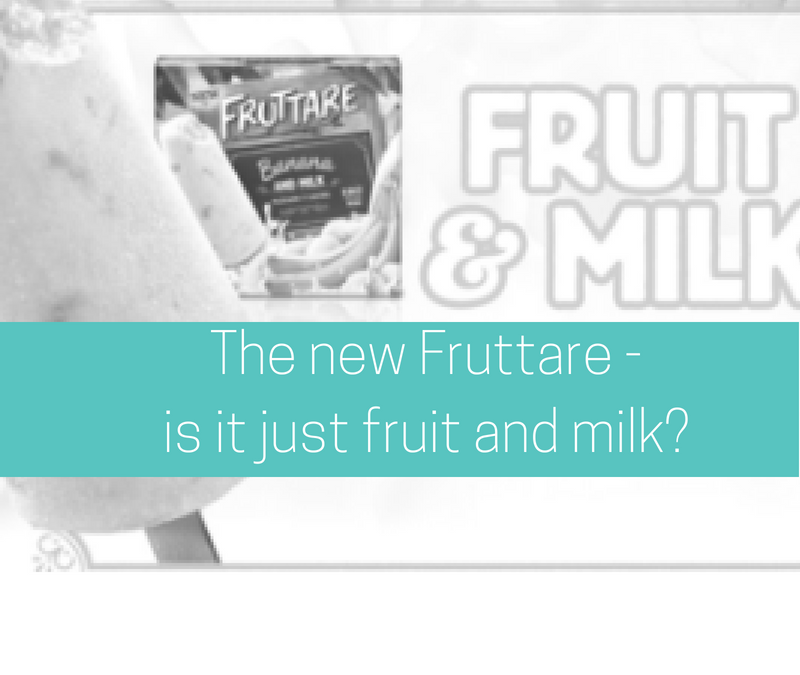
 My passion and mission is to work with families to reduce the overwhelm when going additive free. Moving to additive free living can bring back peace, calm and joy to families. I know it's possible and I've experienced it first hand with my 5 boys.
My passion and mission is to work with families to reduce the overwhelm when going additive free. Moving to additive free living can bring back peace, calm and joy to families. I know it's possible and I've experienced it first hand with my 5 boys.



